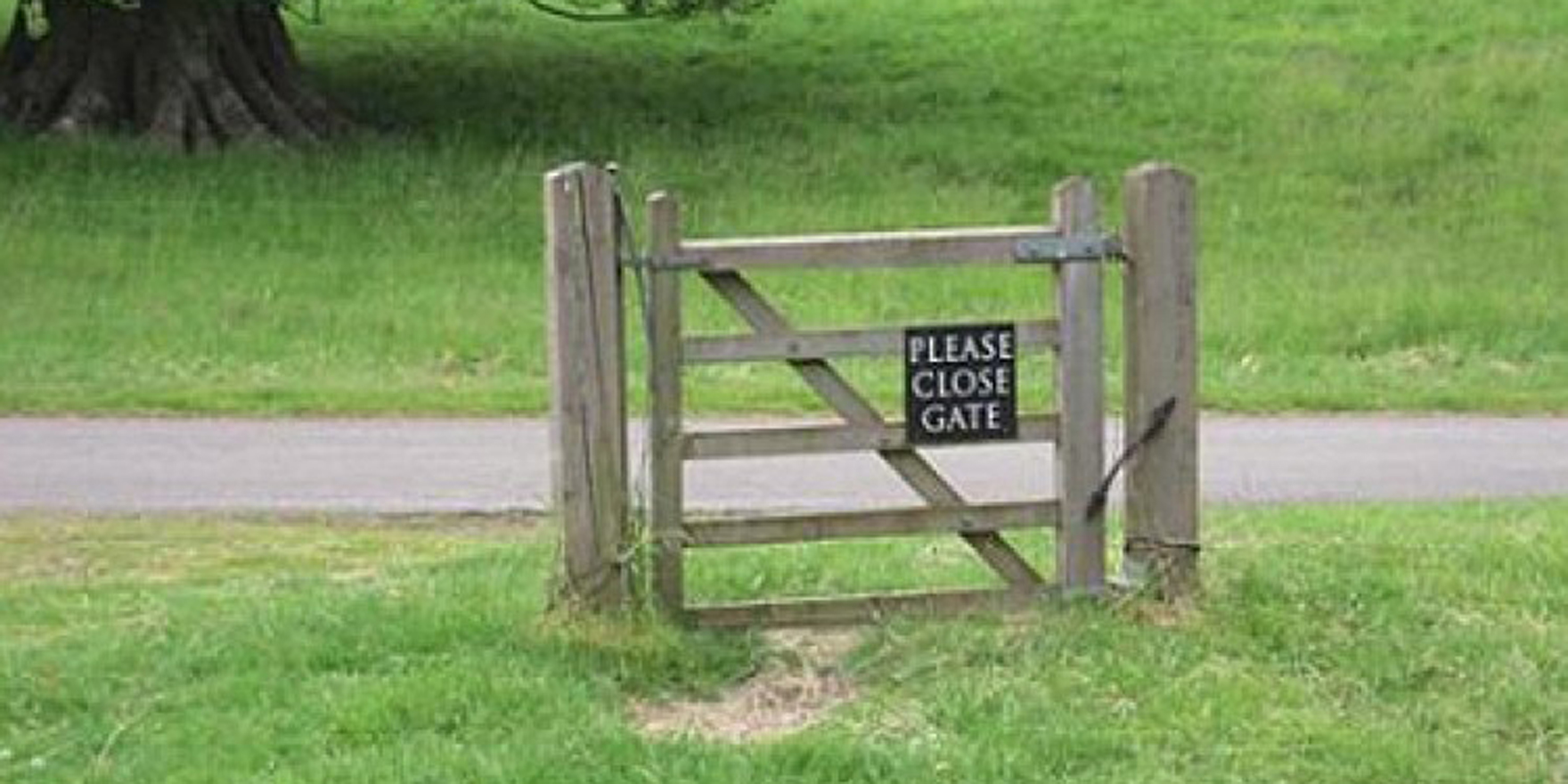Do we really still need to rely on medical migrants? Doctors' groups again urge Canberra to stem the flow
Doctors’ groups are again urging the government to choke off medical migration after years of relying on an inflow of overseas-trained GPs to work in under-serviced areas.
The AMA has told a review of the Skilled Occupations List (SOL) that Australia had more than enough doctors in training and more effort should be put into placing Australian-trained doctors where they were needed.
The peak doctors’ body also said there were ethical concerns about a rich nation luring doctors with the promise of permanent residency when their skills were needed in disadvantaged countries.
Some 500 to 600 foreign-trained doctors per year enter Australia as skilled migrants, working for up to 10 years in areas of workforce shortage before they can practise without restrictions. The number is on top of an annual intake of more than 2000 employer-sponsored doctors on short-term 457 visas.
In its submission to the 2017 Skilled Occupations List review, the RACGP noted reliance on international medical graduates increased with remoteness. It said 51% of GPs in outer regional areas had been trained overseas.
It also recommended “close monitoring” of non-specialist international medical graduates who work in general practice without having achieved fellowship of the RACGP or ACRRM.
The next three to five years would be “critical” to recruit home-grown doctors to meet Australia’s needs for general practitioners, with some tweaking of training pathways, it said.
“Proposed potential models include replacing unaccredited registrar posts (filled extensively by international medical graduates) with accredited training posts filled by local graduates (including former international medical students) across multiple medical specialties.”
The RACGP said there was an opportunity to steer more Australian-trained medical graduates into general practice, with applicants for GP training already outstripping the number of places.
In an abrupt policy shift, the Health Department last year recommended medical occupations be struck off the list but it was overruled in a process overseen by the Department of Education and finalised by Immigration Minister Peter Dutton.
But, for the first time, general practice became one of eight medical occupations flagged for possible removal.
The AMA said it was obvious that there were “significant problems” with the workforce data used to inform last year’s review.
It said medical occupations should be removed from the skilled immigration pathway view of a looming oversupply of Australian-trained doctors and a bottleneck in training places for medical graduates. Modelling by the former Health Workforce Australia projected a shortfall of 569 specialist training places next year, rising to more than 1000 in 2030.
The AMA said international medical graduates continued to make an enormous contribution to filling gaps in certain specialties and geographical areas which were created by past workforce planning failures.
“However this approach is not sustainable and it also presents an ethical dilemma with the recruitment of IMGs to Australia potentially having direct/indirect consequences for the health of people in developing countries,” it said.
In 2015, there were 3676 applicants for 2014 medical internships in Australia – consisting of 3004 domestic graduates, 480 full-fee paying international graduates of Australian universities, and 192 others.
Presently, 33 medical occupations, including GPs, oncologists, surgeons and anaesthetists, remain on the SOL.


